LX600 tests, ETX-105PE + Revolution Imager tests,
iPhone Saturn & Mars, Fireball
Posted: 2 June 2016
On Tuesday, 31 May 2016, I contacted OPT regarding my telescope woes, and they in turn contacted Meade. I heard back from Meade with two things to check on before returning the telescope to them. Unfortunately, the sky was mostly overcast that night so no checks were done.
|
Open: Wednesday, 1 June 2016, 1825 MST Temperature: 96°F |
Session: 975 Conditions: Clear, hazy, breezy |
Equipment Used:
12" f/8 LX600 w/StarLock
Wireless AutoStar II handset
2" 24mm UWA eyepiece
2" 2X PowerMate
1.25" 5.5mm eyepiece
ETX-105PE
1.25" 26mm eyepiece
Camera:
Revolution Imager
iPhone 6s Plus
I set up my Meade ETX-105PE telescope on the observatory patio to try out the Revolution Imager on it.
1910 MST: moved the observatory dome onto the POD Zenith Table (PZT).
There seemed to be some smoke visible in the western and northwestern sky. The nearest wildfire was east of Phoenix and north of Oracle.
This photo shows the smoke as well as the ETX setup on the patio:
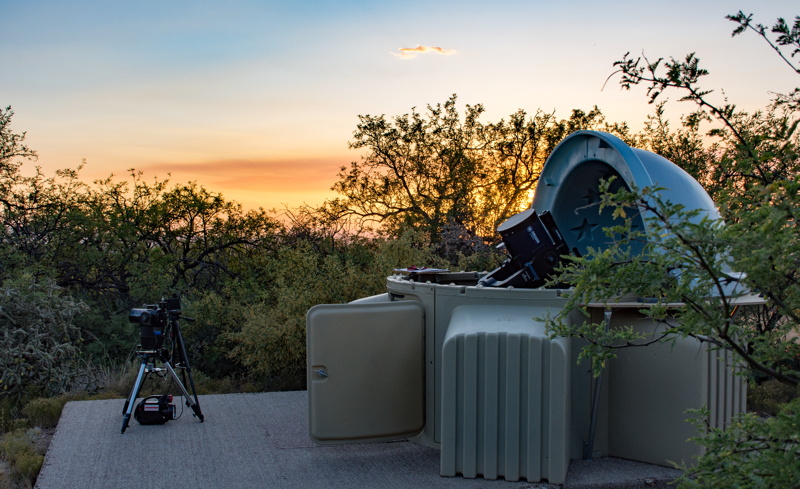
These photos, taken with a D7200 DSLR and cropped, show the Sun setting over distant mountains through the smokey sky:


1929 MST: sunset. LX600 ON, StarLock OFF. Viewed Jupiter, 102X. Four moons were visible. 2010 MST: saw the first Kissing Bug of the night. Viewed Mars, 102X.
2015 MST: began doing the LX600 tests that Meade requested. The first test involved checking whether the focus changed as the telescope was slewed from near the horizon to the zenith; it did. The second test was to check if the collimation changed during those horizon to zenith slews; it did. The last test was actually a tip; use a 1/4-20 3" bolt with a nut as a "mirror lock":
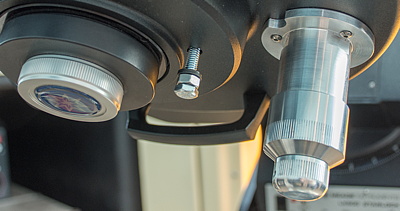
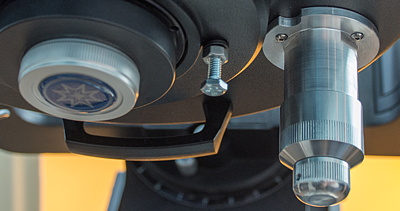
Tightening the nut resulted in a severe focus change. With the nut just against the back plate the focus still changed as the telescope was slewed.
2051 MST: ended the tests. The results were reported to Meade. Waiting for their response.
I then began my tests of the Revolution Imager using the ETX-105PE. The results will be in my review. Watch for it. 2150 MST: ended using the Revolution Imager. Then viewed M57 (Ring Nebula), Mars, Saturn, and Jupiter with the ETX-105PE, 56X. Nice views.
2222 MST: terminated Kissing Bug #2. Viewed NGC4874 and NGC4889, both members of the Coma Galaxy Cluster, with the 12" LX600 at 102X. The galaxies were faint but visible.
2232 MST: viewed Mars, 102X. Then began setting up for iPhone 6s Plus imaging of Saturn and Mars. This is a stack of 315 video frames, afocal 542X:
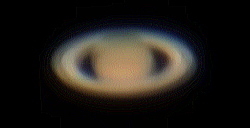
Mars, afocal 542X, stack of 2516 slo-mo video frames:
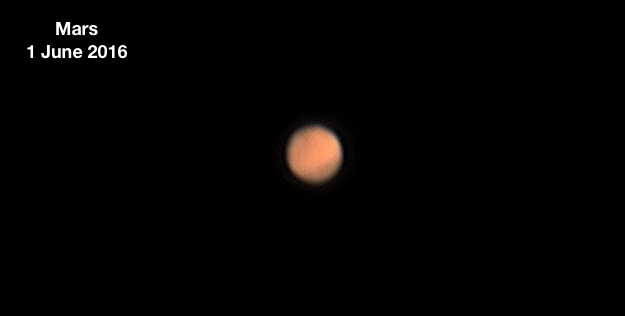
The images were blurred slightly from poor seeing as well as the changed telescope collimation.
Viewed Mars, 203X. Not too bad a view; the North Polar Cap was visible. Then used 443X; still not too bad a view. Then tried 887X, but that was too much magnification for the viewing conditions. There were some surface details visible at times however.
2325 MST: began closing up. Terminated a total of five Kissing Bugs of the six that were seen in the observatory this night.
|
Close: Wednesday, 1 June 2016, 2335 MST Temperature: 71°F |
Session Length: 5h 10m Conditions: Clear, hazy, calm |
I have posted a short review of SkySafari 5 Pro for Mac OS X.
BREAKING NEWS: one of my webcams captured a bright fireball Thursday morning, 2 June 2016, at 0356 MST:
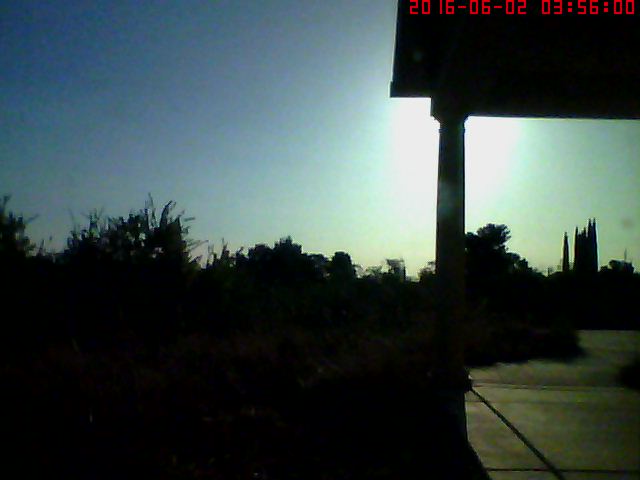
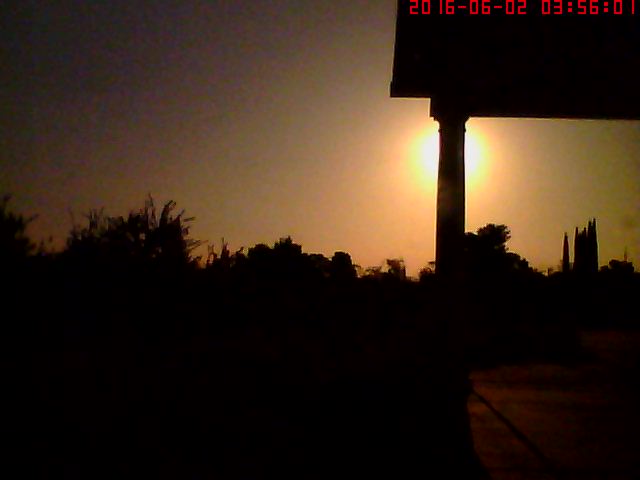
Comments are welcome using Email. Twitter users can use the button below to tweet this report to your followers. Thanks.
Cassiopeia Observatory Home Page
Copyright ©2016 Michael L. Weasner / mweasner@me.com
URL = http://www.weasner.com/co/Reports/2016/06/02/index.html
